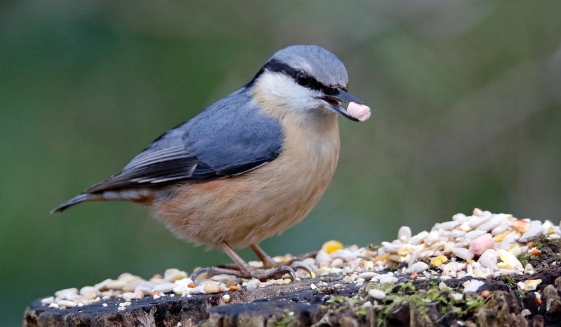Birds have a diverse range of feeding habits, influenced by factors such as species, environment, and availability of food sources.
Diet Diversity
Birds consume a variety of foods, including fruits, seeds, insects, and small animals. These different food sources provide birds with essential nutrients for their survival and reproduction.
Specialized Feeders
Some birds have specialized feeding habits, such as nectar-feeding hummingbirds and insect-eating woodpeckers. These birds have evolved unique physical characteristics to help them access their preferred food sources.
Foraging Behavior
Birds use different foraging techniques to locate and capture food. Some birds, like sparrows, forage on the ground for seeds and insects, while others, such as hawks, hunt for prey from the air.
Feeding Preferences
Birds choose their food based on factors such as taste, nutritional content, and energy requirements. Birds may prefer certain foods over others, depending on their dietary needs and food availability.
Feeding Competition
Competition for food can influence the feeding habits of birds. In environments with limited resources, birds may need to adapt their feeding behavior to avoid competition with other species.
Seasonal Changes
Birds may alter their feeding habits throughout the year in response to changes in food availability. For example, some birds migrate to areas with abundant food sources during the winter months.
Human Influence
Human activities, such as deforestation and urbanization, can impact the availability of food sources for birds. Conservation efforts are essential to help protect and preserve the natural habitats that birds rely on for food.
In conclusion, birds choose their food based on a combination of factors, including species-specific dietary preferences, foraging behavior, and environmental influences. Understanding the feeding habits of birds is crucial for their conservation and well-being in the wild.

